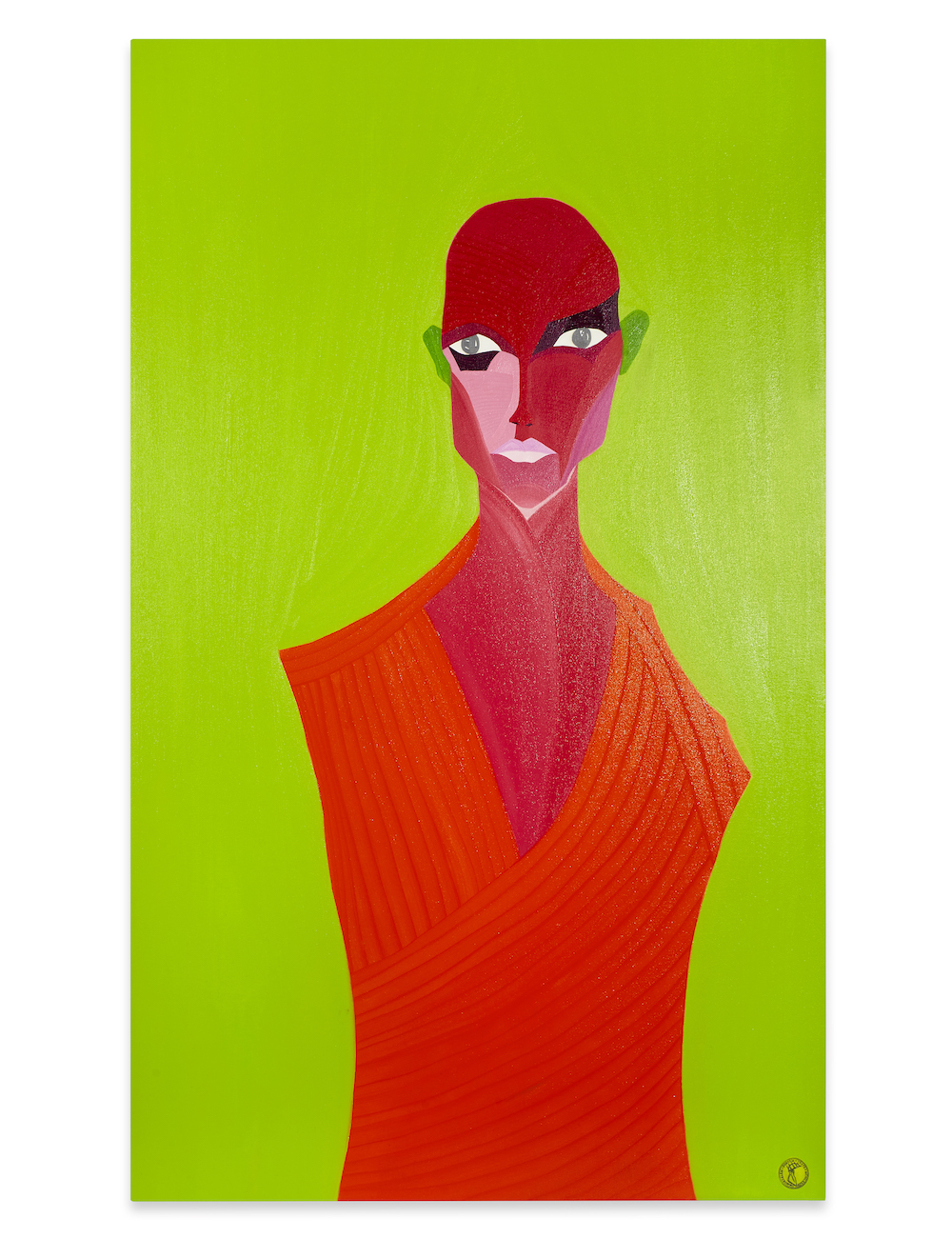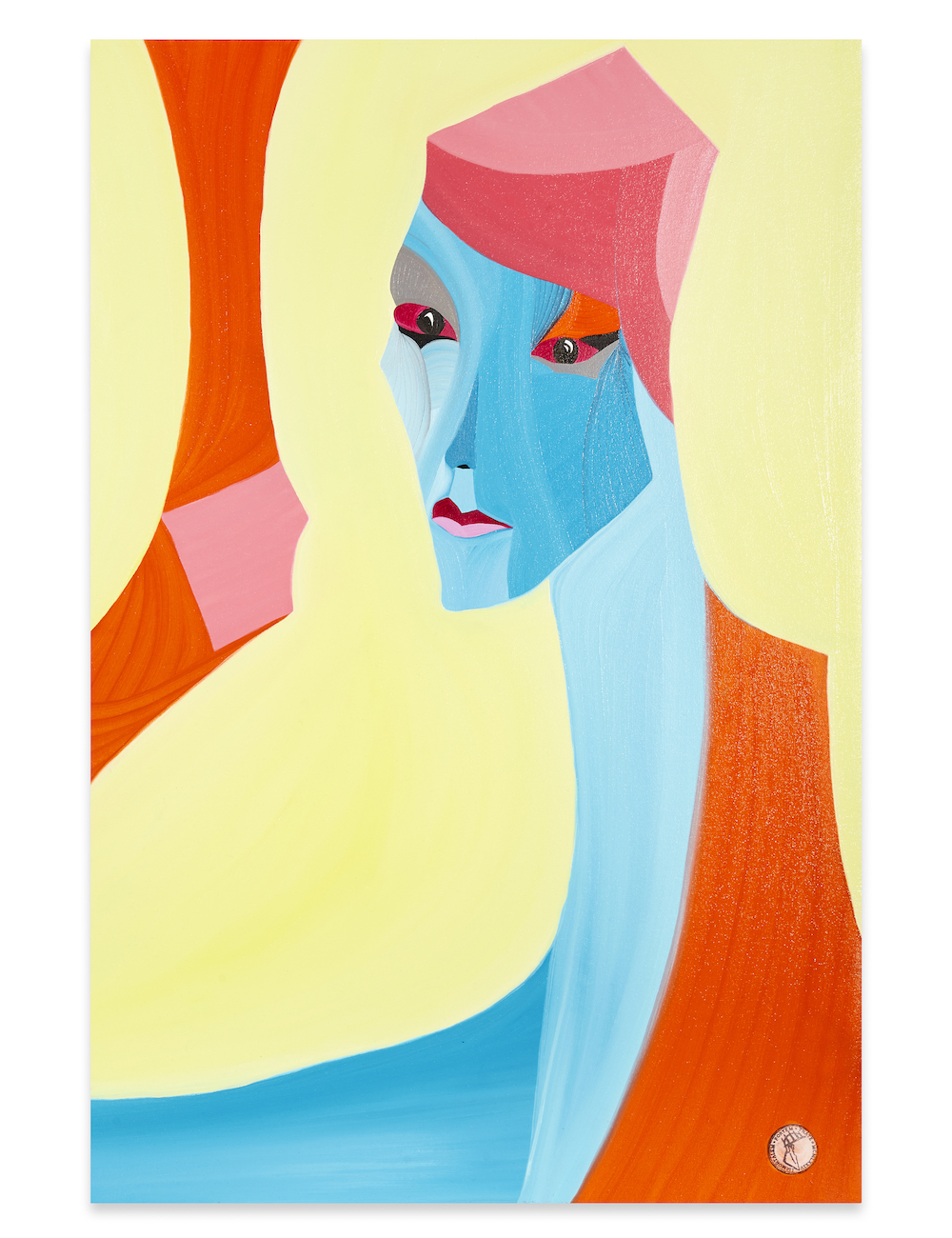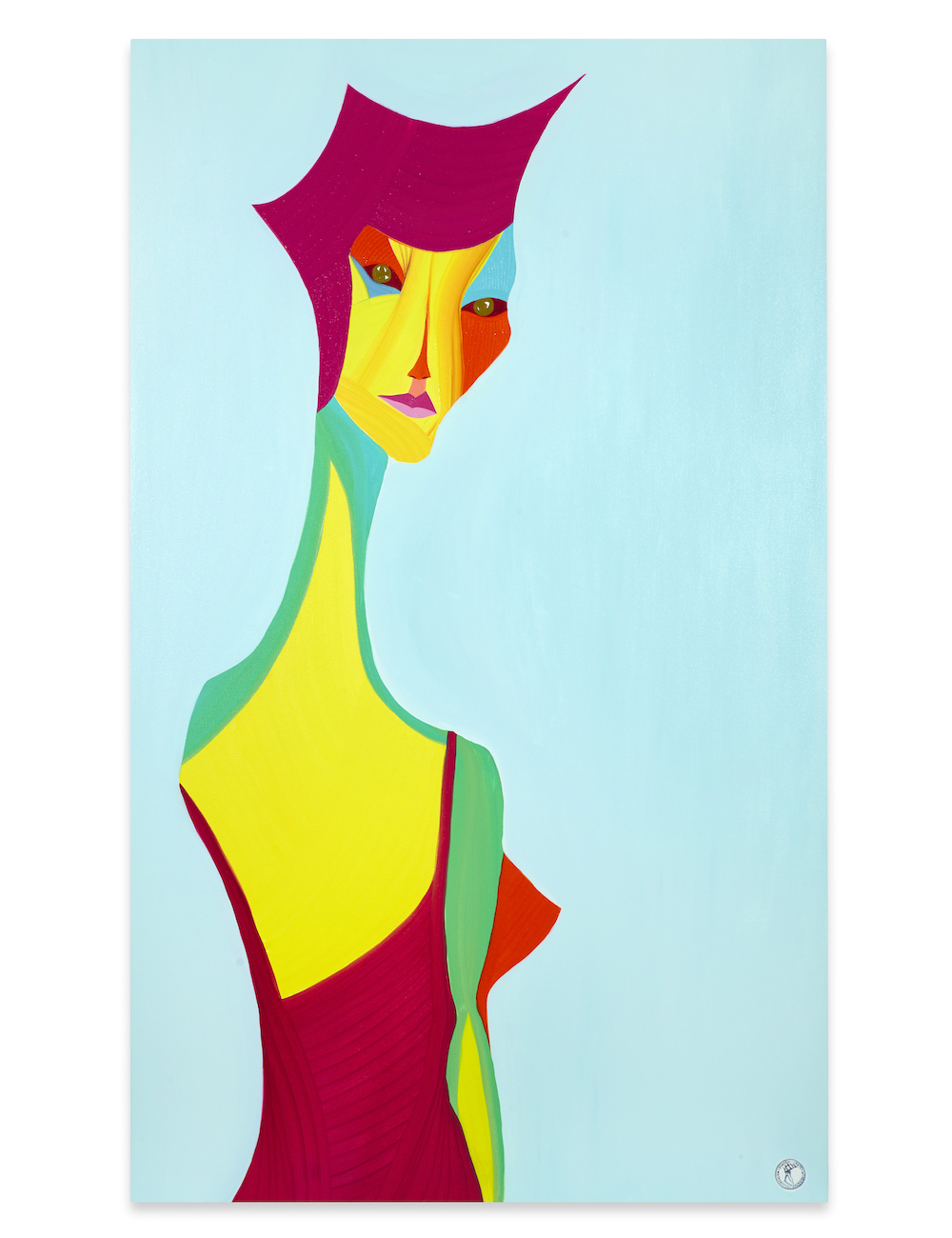
The experience of art has changed dramatically over the past year. The pandemic and enforced confinement made many of us shift to more virtual encounters, from meetings to cocktail classes. In London, museums finally reopened on May 17 but prior, many art institutions moved to virtual exhibitions to continue to engage with the community. London-based artist Alias Trate, however, took a different approach: he staged a drone-led show to showcase his new body of work.
Having painted for over two decades, Trate only began exhibiting his pieces three years ago. He always had an “intimate bond with the works” and only shared them with personal social circles. Recently though, he became interested in engaging with larger communities. Initially exploring sculpture and mixed media, the self-taught artist ended up pursuing oil painting, and now uses atypical oils, such as sunflower and poppy seed to create a vivid surface on his pieces.
“Human interactions, emotions, thoughts and desires” come to light in Trate's “fantastical and dreamlike” large-scale canvases, he explains. The artist lets his subconscious guide his work without the need for preliminary sketches. The process is “fluid,” and the painting “evolves on the canvas.” For Trate, inspiration truly comes from “the meditative act of painting.” It is an active process of constant interaction—“applying pressure, shifting, physically engaging” with the canvas; he destroys his pieces if they do not speak to him. This relationship between a work and the artist is crucial and determines whether the oeuvre is complete. The final act of painting is about communicating with the work and engaging with it in a dialogue.

The artist often draws inspiration from history and philosophical concepts that influenced modern thinking. His signature—a reimagined stamp of a Roman coin—contains a variety of historical references and post-modern concepts. Removing the emperor's face from the coin, Trate kept the essence of the ancient thought but manipulated it to fit the contemporary. This theme was also on view at Trate's latest solo exhibition, The Dionysian Kid, which was curated by Tim Goossens, associate director of academics at the Sotheby's Institute of Art and shown virtually this spring in London. Trate created the exhibited works during the time of a forced lockdown last year. This period was very productive for the artist, creating a “window for reflection” and continuous painting, he explains, but the concept of having a digital exhibition was challenging, especially in establishing the dialogue between viewers and the pieces. Therefore, The Dionysian Kid presented a drone video experience to give a more realistic feel to the virtual space and allow visitors to interact with works. As the artist says, the show explored the “conflicting yet interrelated sides of ourselves that are drawn to lust, passion, and chaos, yet still seek out lucidity of form and rationality.”
Trate does not include iconography in his works, though once they are complete, they do transmit references to the artist’s subjects of examination. For an upcoming in-person show in Istanbul, he will build on the themes explored in The Dionysian Kid, he says, the “natural drives behind desire and how they become affected and transformed.” However, as always with the artist’s work, visual evolution and unexpected takes are guaranteed.
Nowadays, art touches on broader themes of social interaction in the post-lockdown era. And according to Trate, the role of art is more important now when we emerge from the pandemic. While virtual shows help reach larger audiences, the experience of the works differs as the “physicality of the works is so important,” he says. Nothing compares to the real thing.

Craving more culture? Sign up to receive the Cultured newsletter, a biweekly guide to what’s new and what’s next in art, architecture, design and more.



